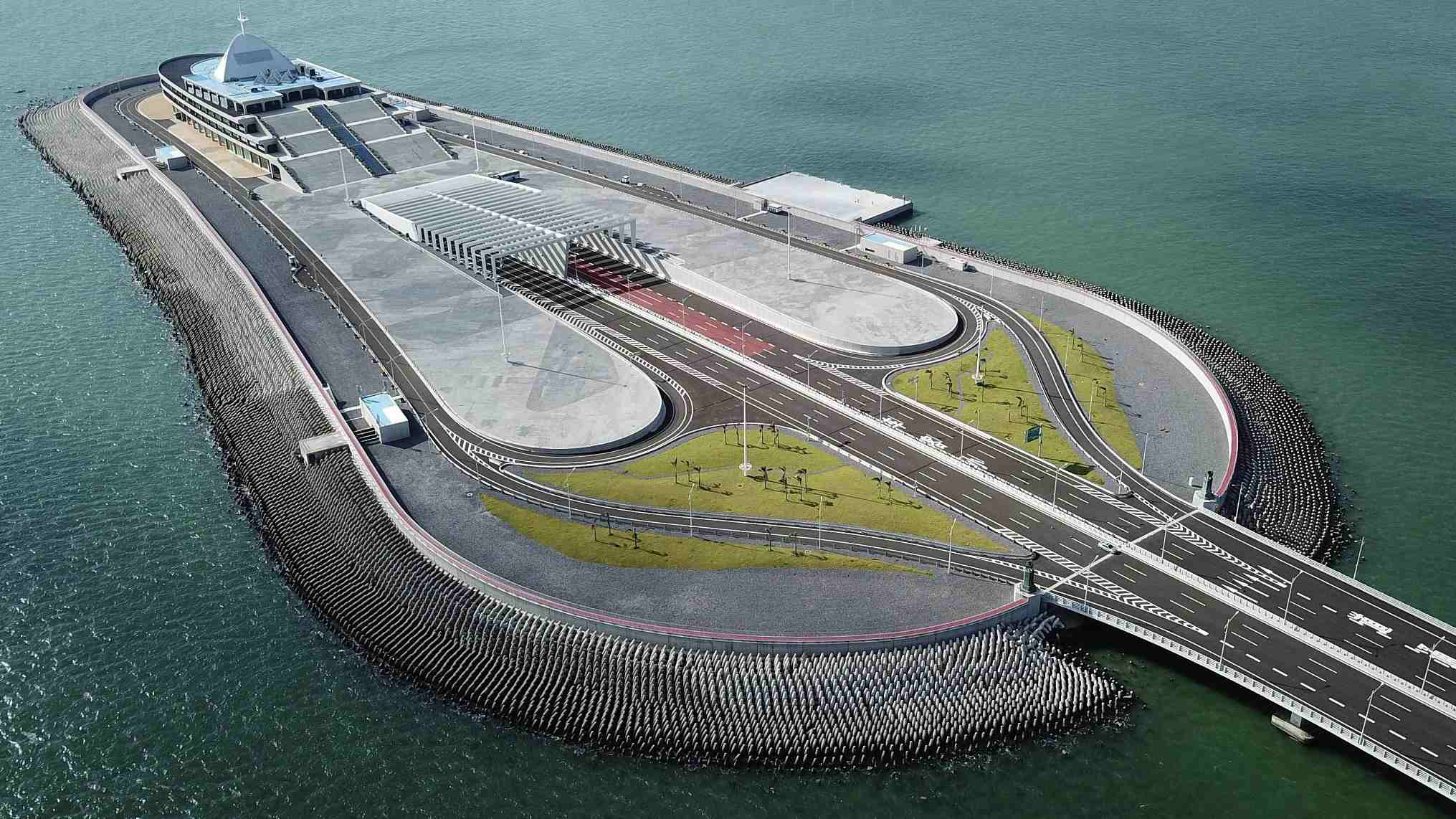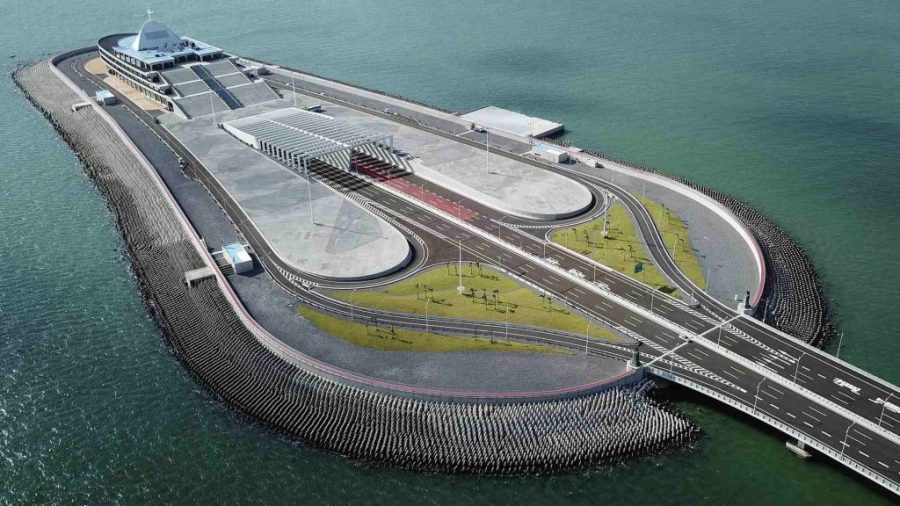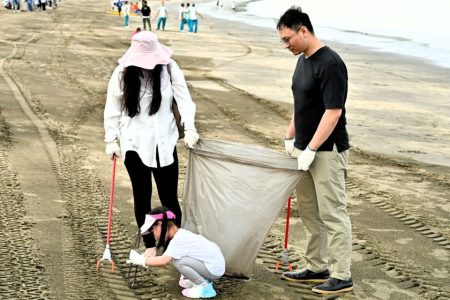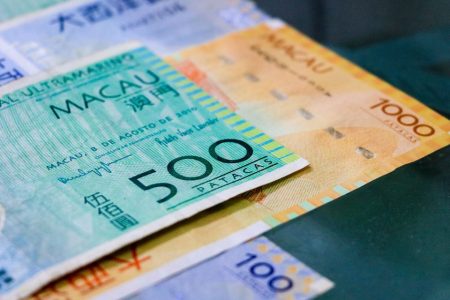Transport authorities have sought to boost the underused mega bridge connecting Hong Kong, Zhuhai and Macau by allowing local private vehicles to travel across the Greater Bay Area, according to South China Morning Post.
Announcing the scheme on Wednesday, the Transport Department said private cars from Hong Kong and Macau could now travel between the two special administrative regions, Zhuhai and Shenzhen, via eight approved land crossings.
Until now, private cars from Hong Kong have only been allowed to travel between Hong Kong and Guangdong or Hong Kong and Macau, but they could not travel from Macau to Zhuhai.
Tourism legislative councillor Yiu Si-wing said the scheme was aimed at boosting plummeting passenger and traffic volume on the bridge, amid ongoing anti-government protests that continue to deter mainland Chinese visitors.
“The goal is to gradually increase the flow and prevent the traffic volume from being too low. Otherwise, the bridge will lose its purpose,” he said.
Officiated on October 23 last year and open to the public the following day, the 55km bridge became the longest sea-crossing in the world. The Hong Kong government’s share of cost was HK$120 billion.
The major piece of infrastructure has been touted as a key road link for the Greater Bay Area, an economic zone combining Hong Kong, Macau and nine other Guangdong cities.
The bridge’s average daily traffic flow over the past 12 months has ranged between 2,416 and 4,791 vehicles, including private cars, cross-border buses and trucks, according to the bridge operator, the Hong Kong-Zhuhai-Macau Bridge Authority.
However, even the highest volumes of traffic recorded over the past year have not come close to the 9,200 vehicles projected by the Hong Kong government in 2008.
A spokesman from the Transport Department said the Hong Kong government’s initial traffic forecast for the bridge in 2008 may not be the best reference.
“The three governments will continue to work on and introduce new policies. This will increase the usage of the bridge and realise its benefits to society and the economy, and stimulate the development of the Greater Bay Area,” the spokesman said.
Hong Kong’s tourist arrivals plunged 50 per cent in the first 15 days of October year on year, continuing a sharp decline since July that has been brought on by the ongoing social unrest.
Passenger arrivals via the bridge fell 23.7 per cent to about 500,000 in September – about half the 1 million arrivals seen in November 2018, according to the Immigration Department.
The total number of passengers passing through the Hong Kong checkpoint of the bridge in September also fell 28 per cent from August to 1.04 million, according to the department of statistics.
For cross-boundary bus companies, operating routes through the bridge has so far not lived up to their expectations, according to Freeman Cheung Kim-ping, the secretary general of Hong Kong Guangdong Boundary Crossing Bus Association.
“Everyone had high hopes in the beginning, but they’ve been disappointed,” he said. “This hasn’t worked out for their wallets.”
Cheung said the cost of operating routes through the bridge was higher because of the 200 yuan toll. Bus companies have also had to assign more staff to manage the two immigration checkpoints on either end of the bridge, he said, raising labour costs.
In contrast, visitors crossing in Shenzhen only needed to go through immigration once.
Around 10 to 20 per cent of the bus routes through the bridge have been cut, Cheung estimated, as companies instead focused resources on services through Shenzhen where there are lower operation costs.
Geographically, the bridge is well positioned for visitors to and from western Guangdong, to places such as Zhuhai and Zhongshan, Cheung said. But he questioned the bridge’s future competitiveness, especially when the Shenzhen-Zhongshan bridge is completed.
The Shenzhen-Zhongshan bridge will connect the two cities on opposite sides of the Pearl River Delta, and construction is expected to finish in 2024.
“The two bridges will be very close. When the Shenzhen-Zhongshan bridge opens, there will be huge competition for the Hong Kong-Zhuhai-Macau Bridge. It might be more convenient to travel via Shenzhen,” Cheung said.
Lawmaker Yiu remained optimistic about the bridge in the long term. He said as the Greater Bay Area developed and more transport infrastructure was built, trade and tourism and visitor flow would grow.
“When there are more transport routes, the number of travellers will increase as it’s quicker and more convenient,” he said.
“People can choose to work and buy properties in different places, which will raise the overall flow of traffic to the region. They can choose their preferred route of travel, including the bridge.”
Lok Ma Chau China-Hong Kong Freight Association chairman Tandon Lal Chaing said some truck drivers still used the cross-border checkpoint in western Hong Kong.
He said the association was pursuing the Hong Kong government to set up a food control branch for livestock at the local checkpoint of the bridge to divert some traffic from the one and only existing control office at Man Kam To, located at the eastern border.






